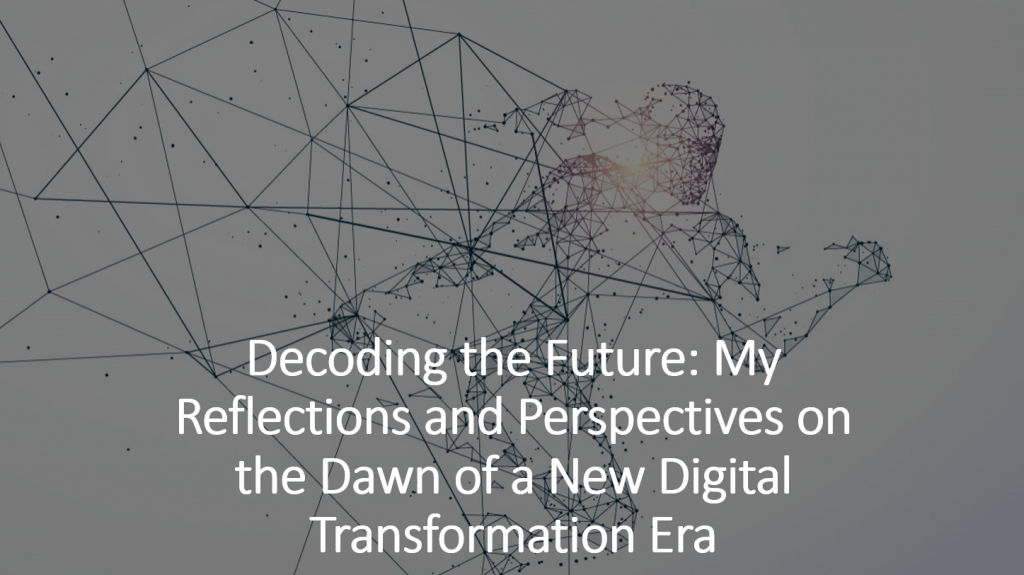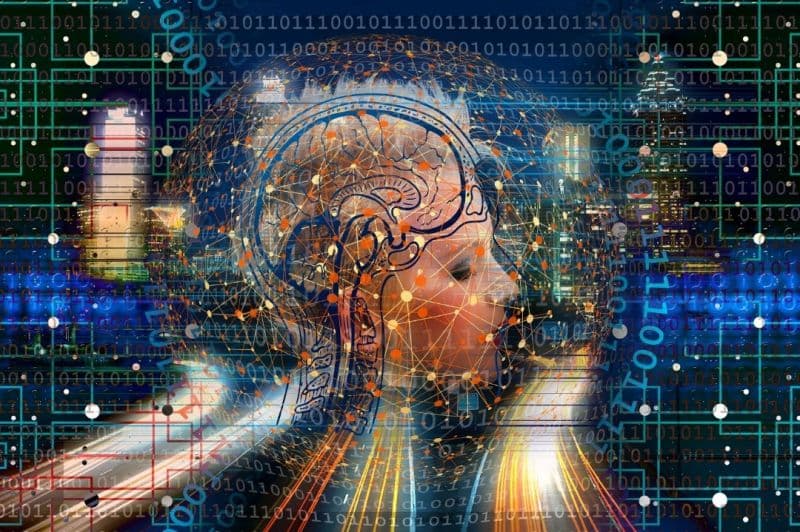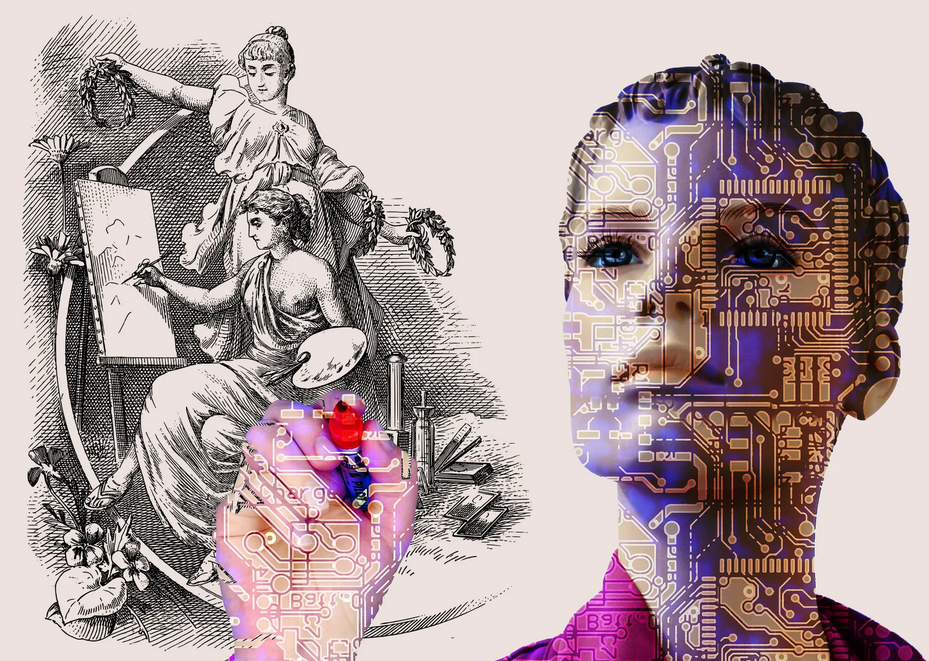On the second day of Microsoft Build, a wave of exciting discoveries and technological breakthroughs is propelling us into a whole new era of digital transformation. The impact of these advancements is not just limited to our daily routines, but it’s reshaping entire industries, economies, and societies. Being a part of the Microsoft Build audience and witnessing the birth of this new digital revolution is both exhilarating and awe-inspiring. We’re on the cusp of a remarkable era that promises to revolutionize the way we live and work.

One of the central driving forces behind this transformation is the evolution of computing power. Moore’s Law, a theory that the speed and capability of computers can be expected to double every two years, has held true for decades. As a result, we’ve seen an explosion in computational capacities. Today’s devices are not only more powerful but also smaller and more cost-effective, enabling businesses and individuals to harness technology like never before. Consequently, computing power is now being used to drive advancements in areas as diverse as climate modeling, financial forecasting, healthcare diagnostics, and much more.
Simultaneously, the advent and growth of the Internet have irrevocably transformed our global landscape. In today’s interconnected world, communication and information exchange happens at an unprecedented speed and scale. The ability to connect people, devices, and systems regardless of their location has created a digital ecosystem where businesses can operate globally, people can work remotely, and information can be accessed instantaneously.
Mobile technology has also played a significant role in this transformation. The rise of smartphones and tablets has introduced a level of convenience and accessibility previously unimaginable. The proliferation of apps for everything from navigation and payments to communication and entertainment has fundamentally changed consumer expectations and behavior. As leaders and decision-makers, it’s essential to understand how this shift impacts customer engagement and service delivery models.

Moreover, the rapid development in artificial intelligence (AI) and machine learning has brought about a paradigm shift in our capabilities. Today, AI systems can recognize patterns, learn from data, and make decisions. They’re being used in fields ranging from healthcare, where they can predict disease outcomes, to customer service, where they can handle customer inquiries. The rise of AI and machine learning has immense implications for businesses, requiring leaders to understand and strategically leverage these technologies to maintain a competitive edge.
Another significant enabler of digital transformation has been the growth of cloud computing. The ability to access computing resources and services over the internet has not only reduced the cost of operations but also increased agility and scalability for businesses. The democratization of technology access that the cloud enables is a game-changer, empowering even small businesses to leverage sophisticated technologies.
Lastly, the COVID-19 pandemic has also acted as a significant accelerant for digital transformation. The need for remote working, online education, e-commerce, and digital entertainment has skyrocketed. Leaders and decision-makers have had to rapidly adapt and innovate, leading to a deeper integration of digital technologies into our lives.
To navigate this landscape successfully, leaders must be willing to adapt, embrace these technologies, and understand the profound implications they have for business models, strategic planning, and decision-making. Digital transformation presents both unprecedented challenges and opportunities. Successful navigation through this era requires a nuanced understanding of these driving factors, and an ability to turn them into strategic advantages.
As we delve deeper into the era of digital transformation, it becomes clear that artificial intelligence (AI) is not just an auxiliary tool. It is evolving into an integral part of our lives, assisting in tasks that range from mundane chores to making high-stakes decisions. AI’s ubiquity is growing exponentially, and it’s crucial to acknowledge its role and potential, particularly as it intertwines with human decision-making processes.

As AI becomes increasingly prevalent, it’s essential that we, as humans, remain active, engaged participants in our interactions with these technologies. Rather than passively accepting the output of an AI system, we must ensure that we maintain our critical thinking skills. Accepting AI’s recommendations or decisions without question can be problematic; it may stifle creativity, lead to complacency, and overlook the inherent limitations or biases in AI systems.
Thus, the challenge is to blend human curiosity and ingenuity with the analytical power of AI. We must strive to use AI as a tool for enhancing our decision-making abilities, not replacing them. In other words, the mantra should be “human with AI” and not “human versus AI” or “AI instead of human”.
As individuals, we should take the initiative to learn about how AI works, understand its strengths and weaknesses, and be aware of its ethical implications. AI literacy – much like traditional literacy or digital literacy – should become a fundamental skill in the 21st century. The curiosity and drive to understand AI will empower individuals to use AI tools more effectively and ethically.

For businesses and leaders, embracing AI is not just about investing in technology but also about fostering a culture of curiosity and lifelong learning. It involves training and developing employees to work effectively with AI, encouraging them to question and scrutinize AI’s outputs, and promoting a mindset of continuous improvement and innovation.
Moreover, businesses should also use AI to empower their employees, not just automate tasks. By taking over routine tasks, AI can free up time for employees to focus on more complex, creative, and fulfilling aspects of their jobs. However, this requires careful change management and communication to address fears and resistance among employees.
On a societal level, the rise of AI calls for policies and regulations that promote transparency, accountability, and fairness in AI. Public discourse and debates on these issues can help raise awareness, shape norms and expectations, and guide the development and use of AI in a way that aligns with societal values.
I believe that as we voyage through this era of AI and digital transformation, our curiosity, critical thinking, and adaptability will form the cornerstone of our success. By embracing these emerging technologies and the profound changes they introduce, we stand not only to capture the abundant opportunities they unfold but also to skillfully navigate and mitigate the inherent risks they may present. The true challenge, and simultaneously the exciting opportunity, resides in our capacity to merge the unique strengths of both human ingenuity and AI capabilities.
We are in the driver’s seat of this journey, navigating the uncharted territories of a digitally transformed world.

